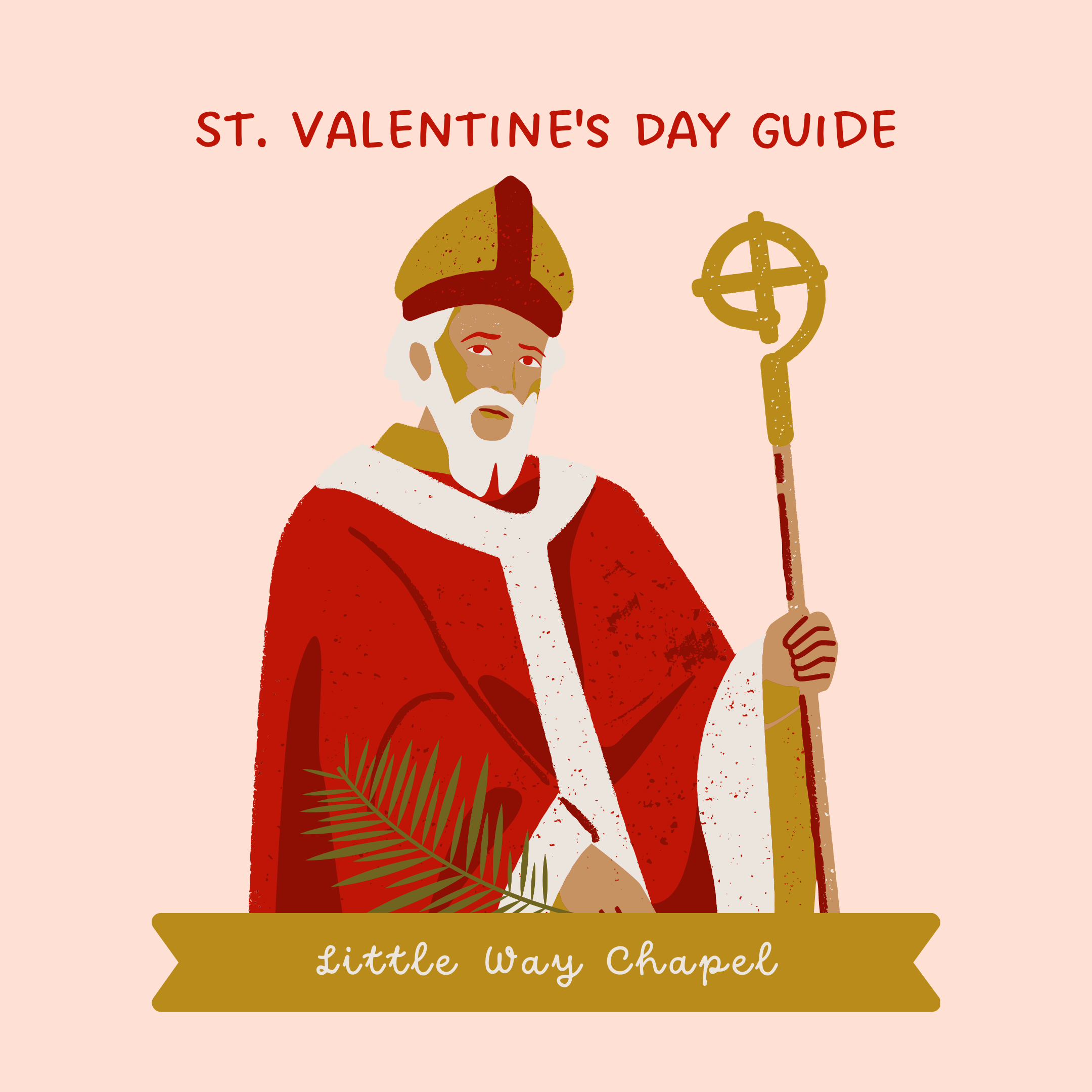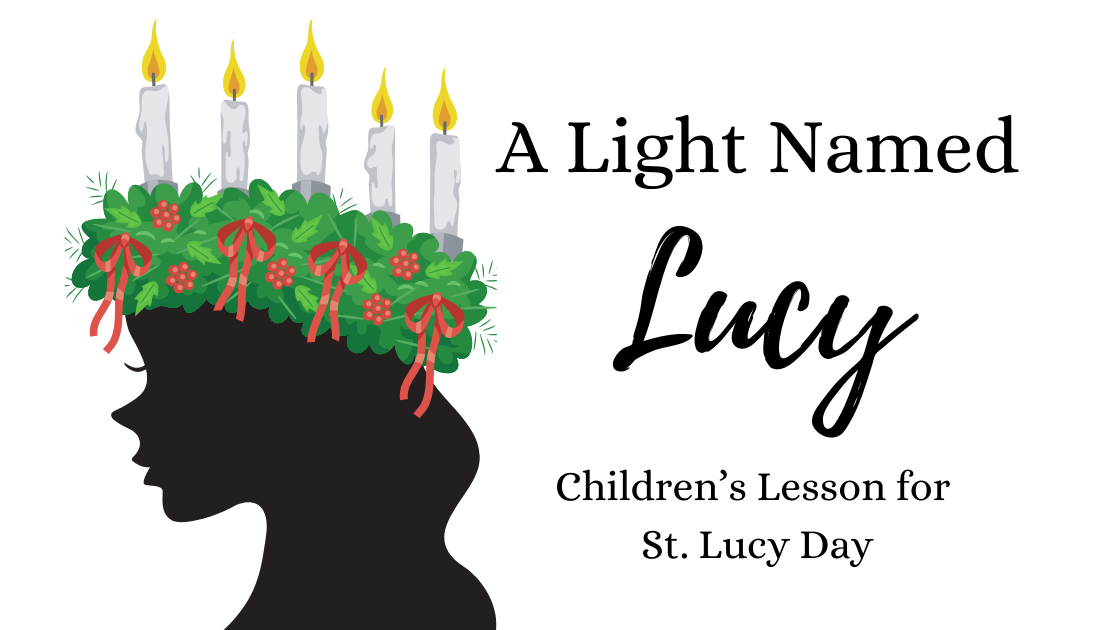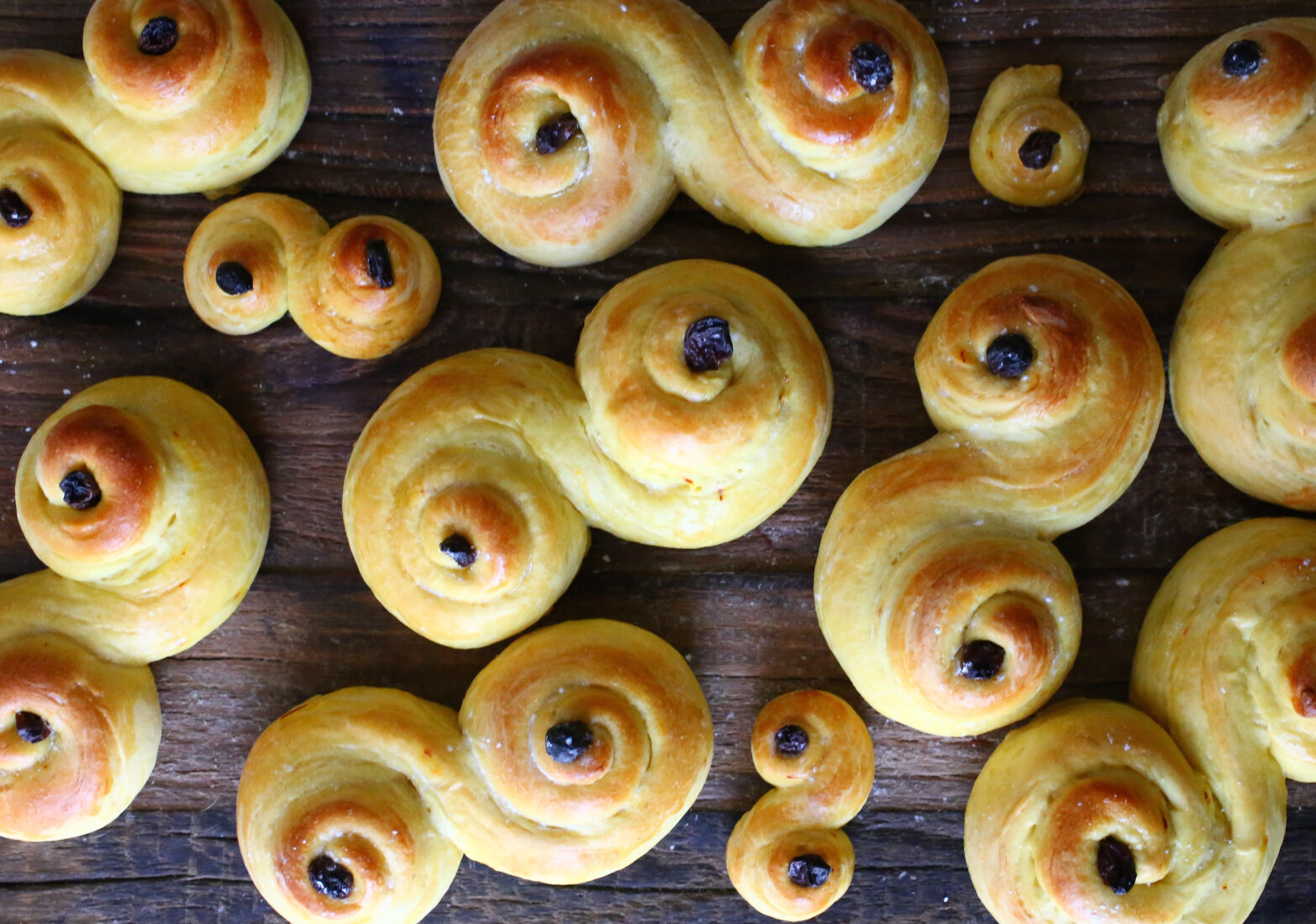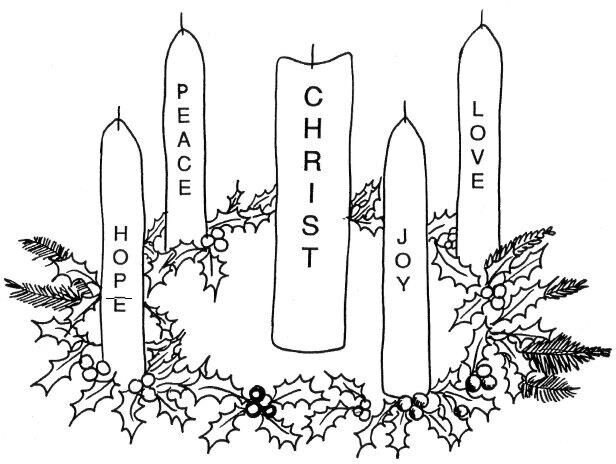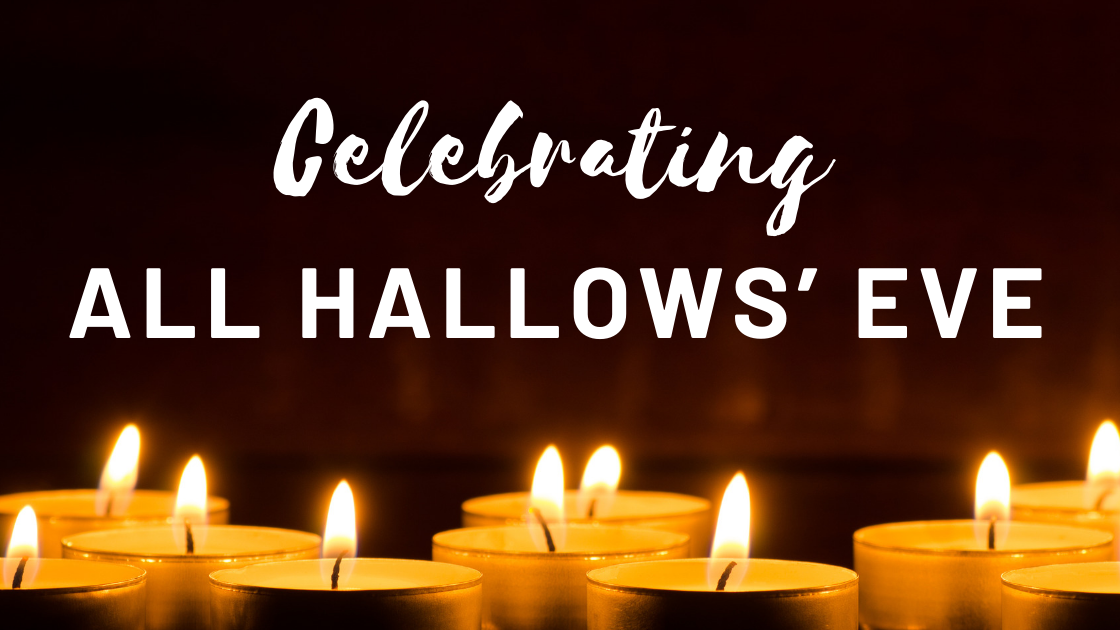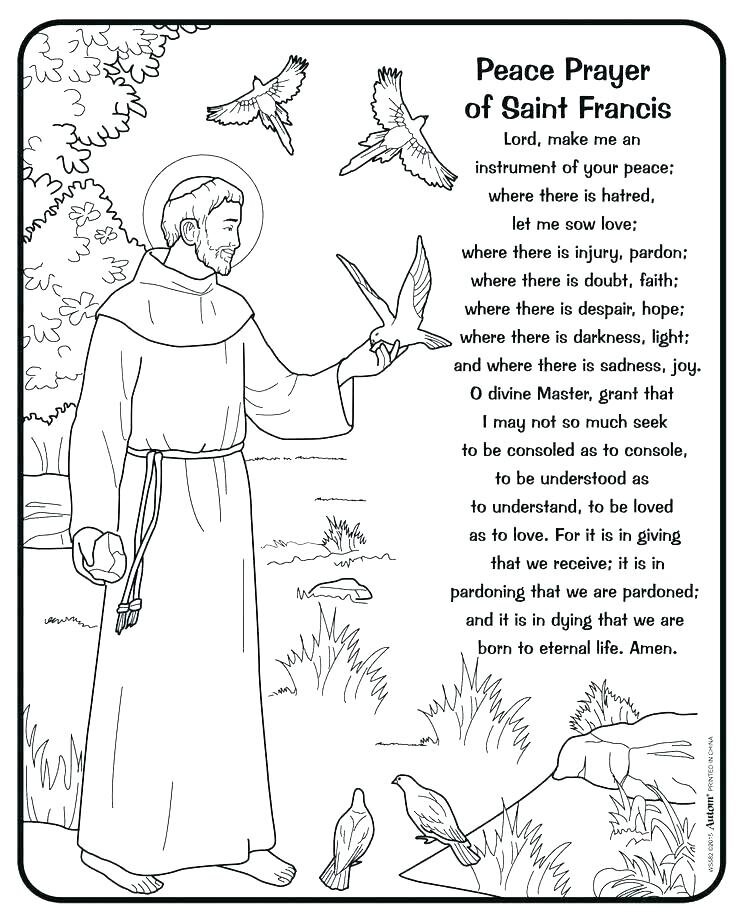The Annunciation
Good News for Protestants, too
The Feast of the Annunciation celebrates the Angel Gabriel’s pronouncement to Mary that she would bear a child and he would be the Son of God—Emmanuel, “God with us.” The feast falls on March 25, exactly nine months before Christmas Day, because, well, that’s how long it takes to grow a baby. For Catholics this is one of the highest feast days of the year, but Protestants may be less familiar with it, and perhaps even wondering why it is a day that deserves to be set aside for celebration.
Here are are just a few reasons:
It’s in the Bible! I think I could stop here, but I’ll keep going…
This story often gets swept up into the Advent and Christmas narrative, and isn’t given the full attention that it deserves, because…
This is the moment of the Incarnation. The Incarnation isn’t simply when Jesus is born—it begins nine months before—the moment Mary becomes pregnant with him. This is when God takes on flesh and enters the world.
This is the pronouncement of the Gospel—the Good News of great joy, that God would dwell among us.
Because Mary is extraordinarily important—even for Protestants. The early church Fathers believed that just as Christ is the “New Adam” that Paul speaks of in Romans 5:12-18, Mary is the “New Eve” who also plays apart in reversing the curse. Eve listened to the words of the serpent in the Garden and brought condemnation unto humankind, but Mary listened to the words of the angel and bore redemption unto humankind. This thought is seen as early as the second century in the writings of Justin Martyr and Irenaeus.
For all these reasons and more, I think it’s important that ALL Christians celebrate the Annunciation and teach it to their children.
Below is a short lesson and liturgy on the Annunciation. Catholics will want to close or open with the Hail Mary, which comes from this very passage of scripture.
Children’s Liturgy & Lesson
Light Candle
Today, we celebrate the good news the Angel Gabriel brought to Mary: that she would give birth to a son, Jesus, and that he would be God with us. We light this candle to remind us that Jesus was born as the light of the world, and that we are his light in the world.
Pray
Dear God, we thank you for your servant, Mary, who joyfully and faithfully brought your son Jesus into the world. Like Mary, may we also bring the light of Christ to everyone we meet. Amen.
Reading
Below is a paraphrase of Luke 1:28-38. If you have three readers, I suggest doing a “Reader’s Theater” with each person reading a different part.
Narrator: Long ago, the angel Gabriel was sent from God to the city of Nazareth, to share good news with the Virgin Mary who was engaged to Joseph of the house of David.
Gabriel: Hail, Mary, favored one, the Lord is with you. Blessed are you among women.
Narrator: When Mary saw the angel, she was troubled.
Gabriel: Do not be afraid, Mary, for you have found favor with God. Behold you will bear a son, and you shall call his name Jesus. He will be great, and will be called the Son of the Most High.
Mary: How shall this be since I have no husband?
Gabriel: It is from the Holy Spirit that this child comes. With God nothing is impossible.
Mary: Behold, I am the Lord’s servant. Let it be according to your word.
Lesson
Today is the Feast of the Annunciation. Annunciation is a big word. It means to say something important, to proclaim big news. Annunciation means to announce.
In the Bible, God sends messengers from Heaven down to earth to share news with the people. These messengers are called Angels. The word Angel means messenger.
One of the Angels in the Bible is named Gabriel. And he announced the most important news of all time. He told Mary that she would give birth to Jesus. This is the greatest news anyone every received. God came to earth to live and die and rise again so that we can live with God forever, too!
Now, I’m going to let you in on a cool secret. We celebrate the Annunciation on March 25. It takes nine months for a mother to grow a baby in her belly. What day comes nine months after March 25? December 25—Christmas! There are nine months between March 25 and December 25. Nine months between the Annunciation and Christmas. Nine months to grow a baby.
And here’s what’s so incredible. It’s not just Mary who gets to bring Jesus into the world. We do, too! Jesus lived inside of Mary, and he lives inside of us. Not in our bellies, but in our hearts through the Holy Spirit. When we love others like Jesus, we bring him into the world just like Mary did all those many years ago.
Sing
“I Bring You Good News”, Lyrics by Trish Bruxvoort Collegian © 2003 RainDancerMusic
Mary, Mary,
Do not be afraid.
Mary, Mary,
Do not be afraid.
I bring you good news! Good, good news!
I bring you good news, Good news!
You shall bear a son, Emmanuel.
You shall bear a son, Emmanuel.
I bring you good news! Good, good news!
I bring you good news, Good news!
He will bring the healing for the world.
He will bring the healing for the world.
I bring you good news! Good, good news!
I bring you good news, Good news!
Closing Prayer
Heavenly Father, thank you for sending your Son to live among us as the light of the world. Thank you for your servant, Mary, who faithfully cared for and loved him. And thank you for your Angel, Gabriel, who shared the good news of great joy for us all. Help us to be a light like your Son, to bring Jesus into the world like Mary, and to share the Good News like Gabriel. Amen.













